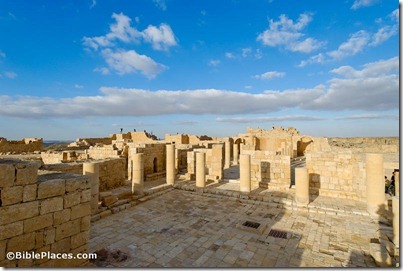Architip is a new app that uses augmented reality (AR) technology to help users see what ancient sites in Israel used to look like. From The Times of Israel:
Augmented reality is a technology that uses mathematics, models, location services, camera technology, and advanced algorithms to impose a virtual image that melds into a real-life one. “For example, you might look at an ancient mosaic on the floor of a synagogue or church, and barely see the decorations on it because of the fading,” said Yaron Benvenisti, CEO of Architip, which is located in Jerusalem and has been operating for about six months. “With Architip, you would see the mosaic in full color, with all its drawings intact.”
Because each site needs to be mapped and augmented separately, Architip is being marketed as a “white label” engine, which will be used at specific sites. As a pilot, the Architip R&D team, led by Israeli AR and computer vision pioneer Sagiv Philipp, has mapped and “virtualized” the Tel Lachish archaeological site in central Israel. Tel Lachish was a fortified city surrounded by towers, and had many stately buildings, but looking at the site today, it’s hard to visualize the city as it was. With Architip, users can see the site in all its ancient glory just by holding up their smartphone’s camera at the location and looking at the screen.
“With Architip, you can see Tel Lachish as it was,” Benvenisti said, “walking through its streets and seeing the reconstruction through your device.” All a user has to do is point their device at a specific point, and Archtip’s technology does the rest.
The full article, including an illustration, is here. The company website includes a video demo that shows other features. I think that Lachish may be an ideal first choice if you’re just testing things out, but they’re going to have to choose more popular sites if they want more than a handful of users.
HT: Stephen Smuts


